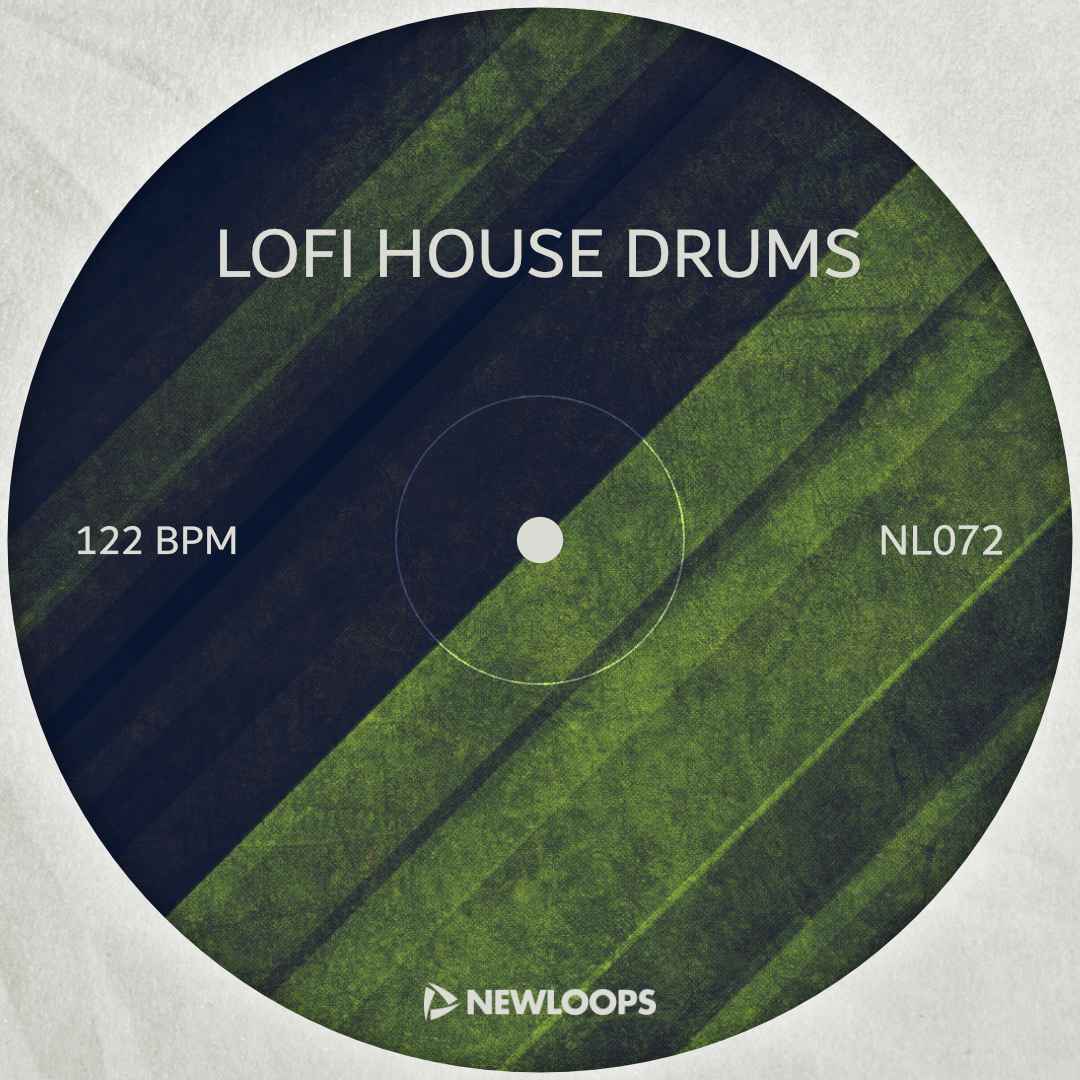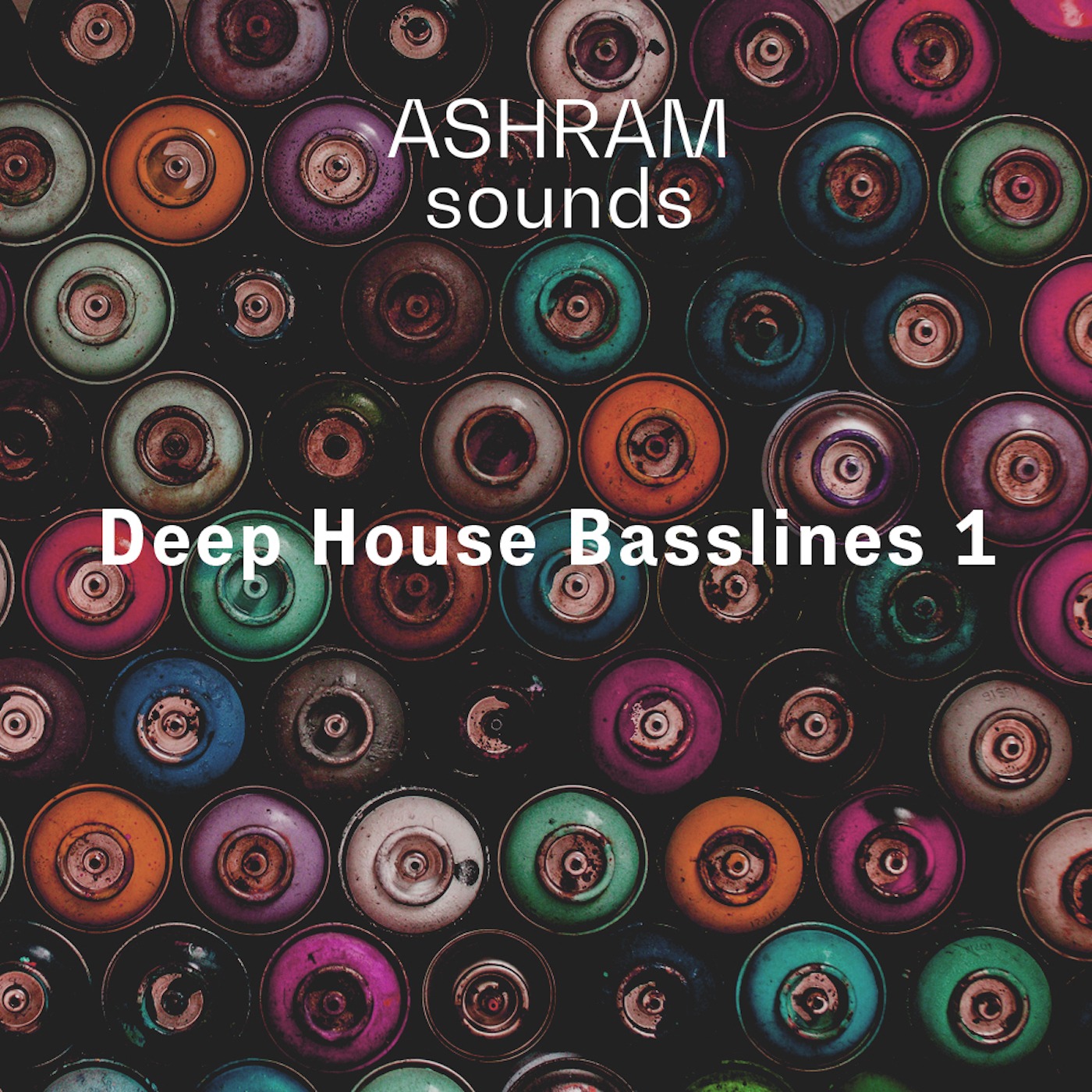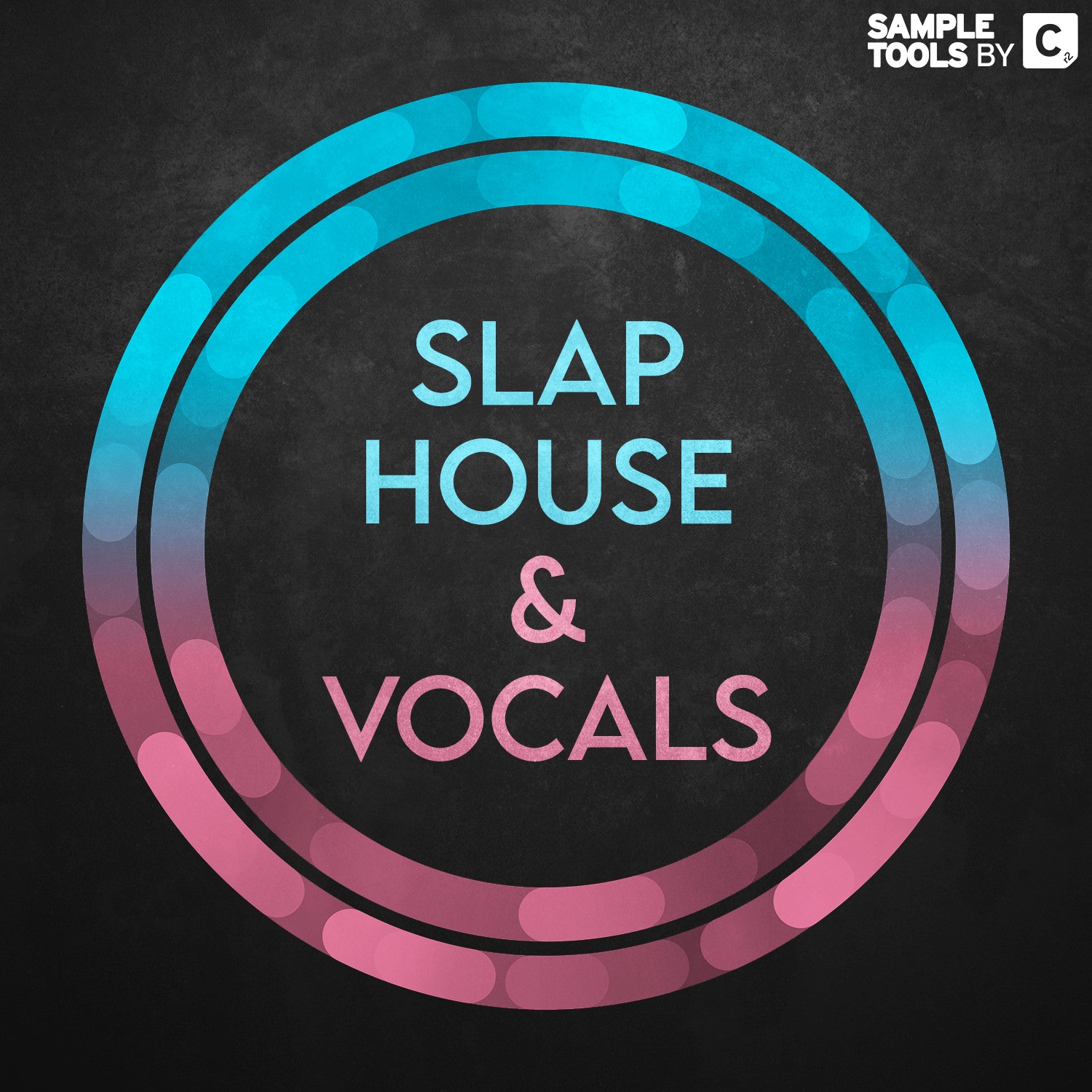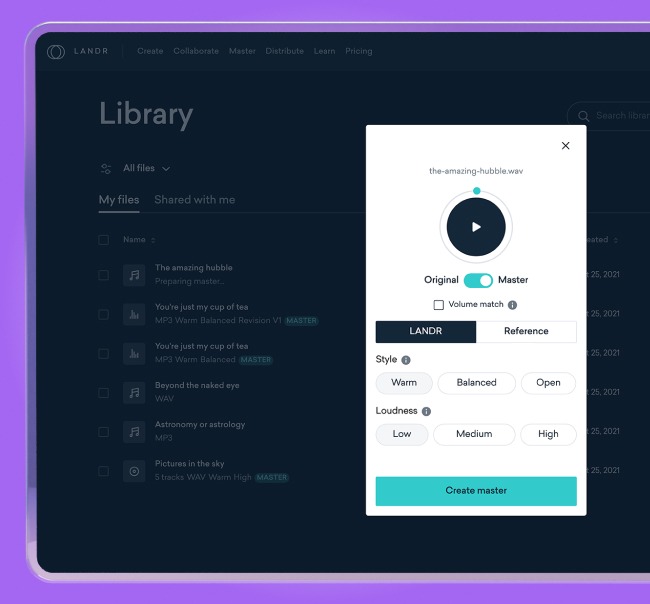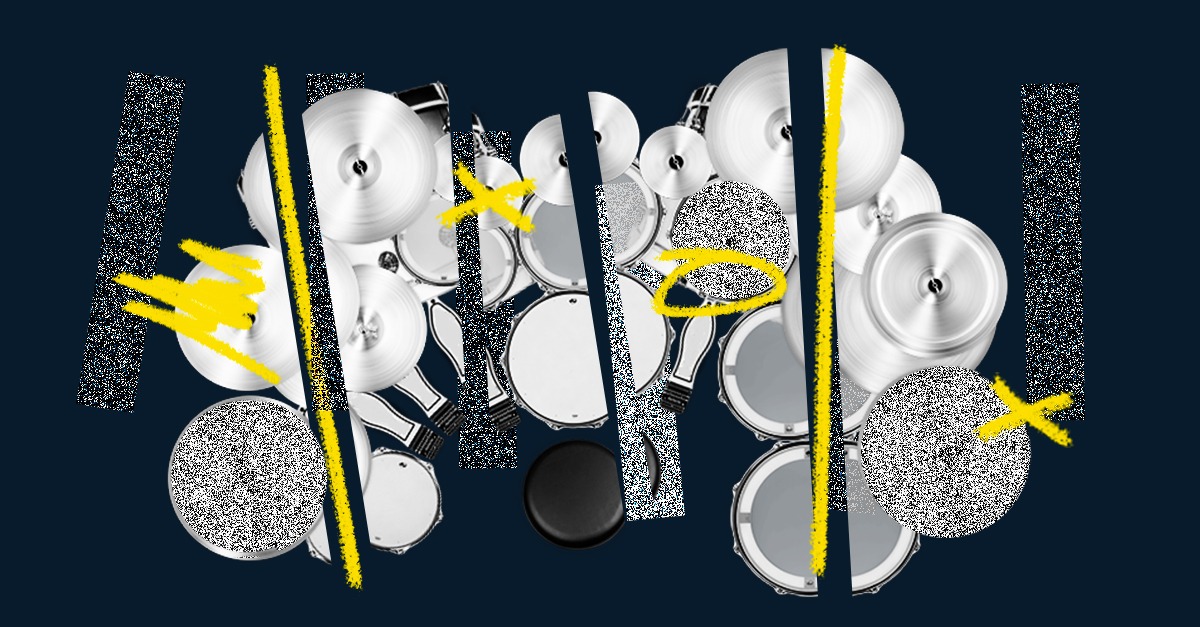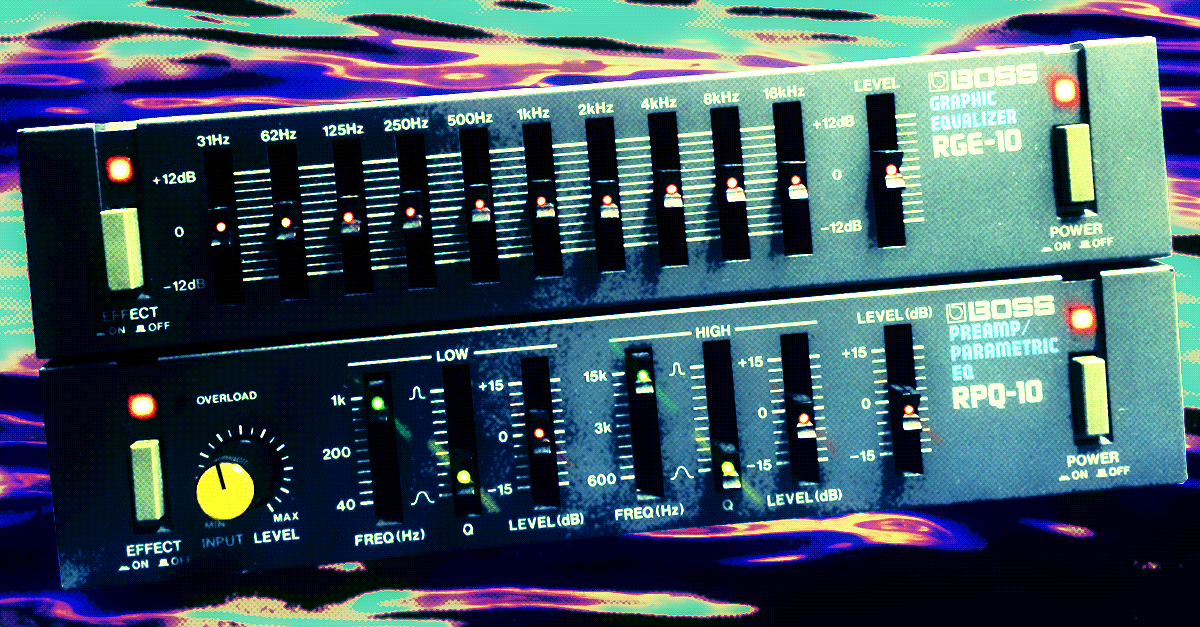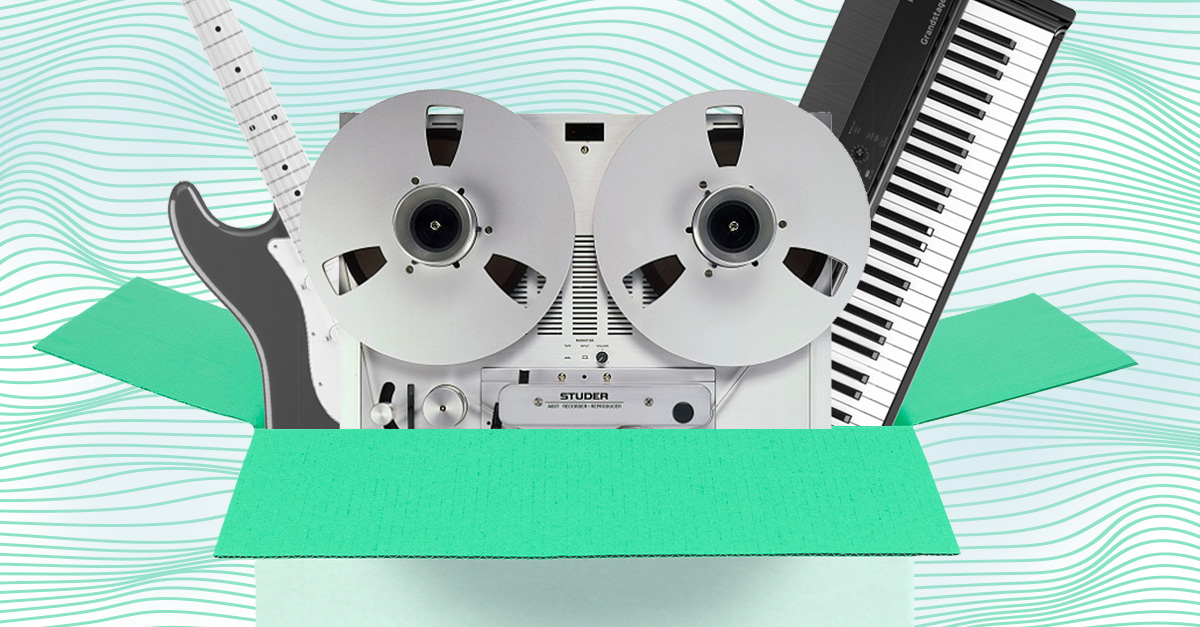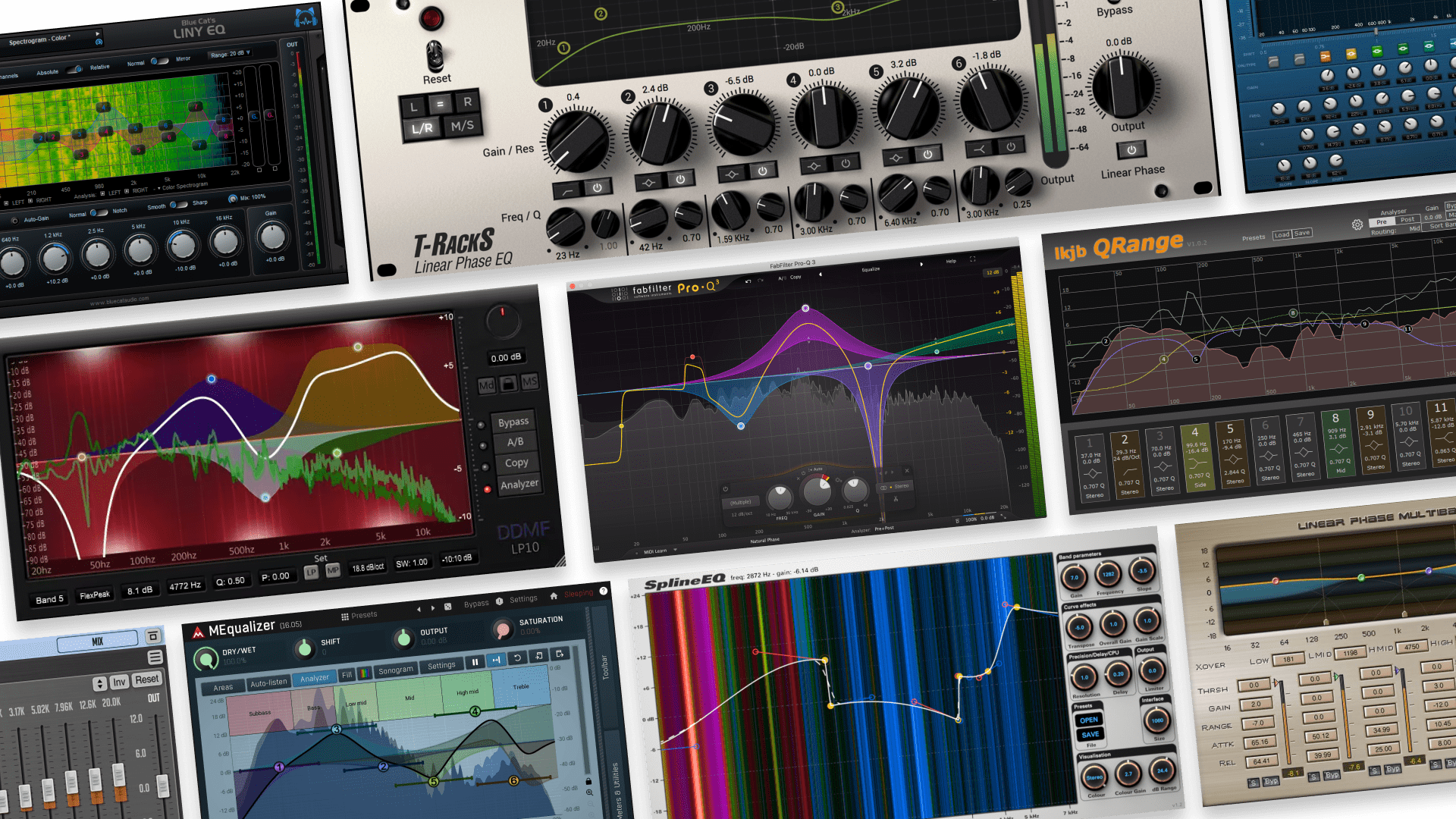
How to Make House Music: House Production & Mixing Explained

There`s something special about the thump of a good house track, if you`re inspired by it, you might be wondering how to make house music of your own.
Maybe it’s the way house drums got you dancing, a vocal sample that inspired you to think up vocals you could sample or maybe a synth lick that piqued your ear and made you curious.
Electronic music is such an interesting genre, especially because it’s still so new and there’s so much to explore, whether you’re looking to the past or to the future.
If all those synths, keyboards, drums and samples seemed too complicated to possibly learn, don’t be fooled—learning to produce house music isn’t as challenging as you might think.
Once you have the basics down, getting good at producing house music is all about your taste and vision as an artist and producer.
So let’s take a look at the basics behind house music production, so you can start honing your craft and find a sound of your own.
What is house music?
House music is a genre of electronic dance music that originated in Chicago in the 1990s.
Inspired by disco music, early house producers used TR-808 and TR-909 drum machines to clock and sequence synths like the TB-303 and DX7 as well as samples like the MPC2000.
Using these affordable hardware synths that were originally built to be used as tools for musicians to practice, these producers ultimately pioneered an entirely new genre of electronic music.
The history of house music is fascinating, and it continues to evolve today with modern producers regularly drawing influence from early house production.
What do you need to produce house music?
Today house music is predominantly made with the help of DAWs like GarageBand, Logic, Ableton or FL Studio.
Often producers will use drum, synth and vocal samples that loop easily and can be arranged in the DAW timeline or clip view.
Lots of producers rely on samples, but they also use drum machines, hardware synths and samplers to write their own loops and add both their own sounds and tactile feel.
But, all you need to start producing house music is a computer that can run a DAW, instrument plugins, effects plugins and samples.
What are the elements of a house song?
There’s a handful of basic tips to help with making the various elements of a house track stick out and sound good.
In general, a house track will have these 5 basic elements:
- A four-on-the-floor kick
- Hi-hats and claps
- Synth bass
- Synth pads
- Synth leads
Every time you start writing a house track, it’s a good plan to start drafting ideas, sound design and arrangement for each of these elements.
How to make house music in 7 steps
Here’s a few tips to follow as you create these parts.
1. Start with the drums
There’s no rules saying you have to start with the drums—but because they form the rhythmic center of a song, they’re not a bad place to start.
House drums typically follow a handful of common partly—namely, they use four-on-the-floor kicks, claps on the backbeat and hi-hats on the offbeat.
You can easily build this kind of beat straight into your DAW’s timeline, or use can use a MIDI roll to punch in the drum parts and trigger your drum sampler or drum rack.
Either way, once you have a basic house drum beat set up in your DAW, you essentially have a blank canvas ready for painting.
To make this basic house beat I started with a kick, clap and hi-hat sample—then I wrote it into the DAW timeline.
2. Add synth bass
To extend the painting metaphor, if the drums are a canvas, then your bass represents the outline of whatever you’re “painting” as a producer.
Basslines are both rhythmic and tonal—they’ll create counter rhythms and ostinatos in your track, and they’ll also define its key and chord progression.
So taking some time to think through a bassline and arrange will do a lot for getting creative juices flowing.
Don’t be afraid to try and record a bassline into your DAW through a MIDI keyboard and then go back to the MIDI roll to move around notes and play with various motifs.
Making sure your bassline is interesting and dancy will do wonders as you write the remaining elements of your track.
I came up with this bassline by keeping the D minor scale in mind.
3. Add pads and a lead
Sticking with the Bob Ross painting analogy one more time—pads are the swaths of color a landscape painter uses to form the background, while lead synths are where producers add fine brushes of detail.
Writing these parts will define the chord progression, harmony and even the melody of your song.
Using flowing pads to add swirling chords to the background and punchy leads to give melody and direction to a track is a fairly standard strategy producers use to write their tracks.
Jamming with some diatonic chords in the key of D minor I came up with this chord progression. The lead synth also climbs the D minor scale with something like a pedal tone at the top.
4. Layer everything
Using multiple sounds is key.
Having a few different kinds of sound playing the same for each instrument will open up a lot of opportunities for playing with sound design, panning and arrangement.
Plus, layering will make your instruments sound huge, especially on percussive instruments like hi-hats and claps.
So, once you have the MIDI for your synths and drums written, you just need to duplicate the parts and try out some different synth or drum sounds
Here I`ve layered hi-hats and claps with three different sounds each, with left, right and center panning.
5. Practice subtractive arrangement
Be a maximalist as you start writing your track, try to build up everything you want your track to have in it at its absolute peak.
Work on an eight-bar part that has your full drum part, all the bass, lead and pad synths and anything else you expect to have at the climax of your track.
Then, once you have everything built up extend the loop to however long you want to your track to be.
Now the fun begins, since all you have to do is subtractively arrange by cutting parts away.
This will allow you to explore the intricacies of each part you’ve written and it’s likely to start driving more ideas as you find different corners of your overall idea.
Here`s a snapshot of my track as I begin the subtractive arrangement process.
6. Arrange to a vocal sample
One trick to help with subtractive arrangement is to arrange to a longer vocal sample—ideally something that’s as long as you want your track to be.
Vocal parts are often the most important part of a song—our brains are naturally wired to focus on the vocals in a song.
So, try to arrange the track around a vocal loop and create both space and moments for the vocals to shine.
Cut away a part of the arrangement when an impactful lyric comes in, or bring back the whole track during a bridge between vocal parts.
Simply listening to what your track is doing in comparison to the vocal part should inspire ideas and point to obvious holes and needs in your arrangement.
7. Sound design, mix and master house like a pro
Mixing is all about getting each part of your track to properly sit in its own space while making room for the most important parts of the mix which are typically the vocal or the leads
Because house music is so synth-heavy and it relies heavily on bass and kicks in the low end, you’ll need to pay special attention to how you mix the bass.
You’ll also need to high-pass certain percussion and synth instruments to keep the low-end clear for the bass.
Some other sound design tips to keep in mind include using filters on synths and drums with automation lines to control them.
You may also want to look at sidechain compression for your pads to the kick drum—this will help with adding some extra bounce to your synths.
There’s many mixing techniques to consider when making house music, so if you want to learn more about mixing we’ve written tons on various aspects of the subject in other posts.
Check out the full arrangement—I used LANDR to master my mix and make it radio-ready.
Learn to mix music
Dive into our best guides and tips for mixing.

Throw the rules out the window
How you make house music, like any art form, is completely up to you.
Sure, there’s different formulas you can follow, like the one in this post. But, you don’t need have a set of rules about how you should make a track.
In reality, making house is all about the vibe you want to put into the world—good house music is a feeling more than it is a style of electronic music.
So go listen to house music and learn what you like, make note of what the producers are doing and carry that with you when you write your own tracks.
Listen to what the pioneers of the 90s did, go check out your favorite DJ and keep listening to all kinds of music—there’s truly no better way to get inspired.
Gear guides, tips, tutorials, inspiration and more—delivered weekly.
Keep up with the LANDR Blog.



